X-rays show it's an unknown metal
UFO researchers claim they have an unidentified material that tests have shown to be of «non-human» origin. Tiny pieces of the sample, which are lighter than a flower petal and have a golden hue, were demonstrated for the first time recently at a conference in Irving, Texas.
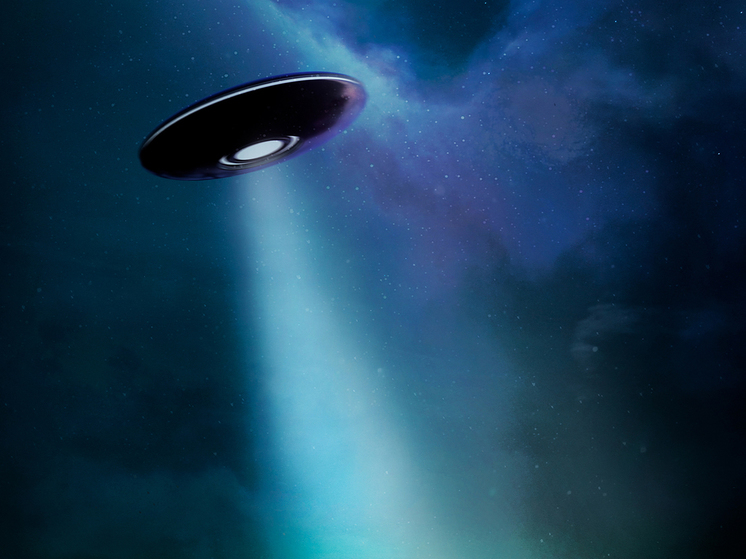 Photo: ru.freepik.com
Photo: ru.freepik.com
The ufological group «MUFON», which owns this material, says that the sample was tested with using NASA technology, which showed it was 90 percent unidentifiable.
This means it is either not a metal or a completely unknown metal that is different from all others on the periodic table, the researchers say.
According to the Daily Mail, due to its unique light and porous texture, MUFON floated the idea that the sample resembled «spacecraft debris» — after the Russian researcher who received the sample said it could be the remains of a crashed UFO.
However, independent ufologists questioned the find, saying that it was just the latest in a long series of samples that “could be of alien origin,” but then it turned out that this was not the case.
The researchers showed tiny snippets of the material in a presentation at the MUFON International Symposium.
The team says other samples were stolen from the official US office mailbox after a Russian sample finder tried to mail them to MUFON in the US.
«This is typical for this type of evidence,» said MUFON media relations director Ron James. «We believe this material was deliberately taken by someone who may have broken into a locked mailbox to prevent further testing.»
“Who did this is anyone's guess,” says James.
MUFON researcher Bob Spiering told symposium participants that he was approached by a Russian researcher named Arkady, who claims to have tested the material in Russian geological laboratories using an X-ray fluorescence gun.
Spearing said portable technology similar to the hardware on NASA's Perseverance rover found that 90 percent of the material was unidentifiable.
«It's a very, very light material,» Spearing told the crowd. «It looks almost porous.» like it has pores. It has a golden tint to it, but it's basically a black material. It looks like it's some kind of composite.»
«It's so light,» he added, «it's not even will bend the flower.»
According to the Daily Mail, Arkady, the Russian researcher who provided the sample, claimed the material «appeared» in his home after being contacted by a non-human being who told him it had come from a crashed UFO.
Russian labs later allegedly found the mystery material to be 10 percent calcium, titanium, iron, arsenic and copper, Spearing reports.
It's a tantalizing but unconvincing discovery, given the questionable reliability of such portable X-ray fluorescence (hXRF) devices in determining the chemical makeup of samples, the Daily Mail reports.
Geologists looking to determine the chemical composition of rocks in the field, environmental regulators tasked with assessing contamination levels in soil samples, and even pawnbrokers testing jewelry have turned to X-ray fluorescence guns in recent years.
The devices offer speed, portability, and a noninvasive method for examining a material's composition without destroying the material during processing.
But researchers have also frequently reported limitations to the technology, the Daily Mail notes.
For example, last year, one group of environmental scientists in Arizona reported that their portable X-ray fluorescence tests were unable to accurately detect chromium metal because of high iron levels, which drowned out the chromium signal.
And NASA scientists who helped prepare for the Perseverance rover's mission to Mars in 2020 found that their own X-ray fluorescence guns were unable to «reliably» detect some key elements.
Spearing told the symposium that Some of the 90 percent unidentified Arkady materials were also sent to the MUFON laboratory in Missouri, which, using another X-ray fluorescence test, found that the sample did not match known metals.
«This means it is either A) not a metal , or B) an unknown metal alloy, or something from the periodic table,» Spiering said.
«The signal was unique because they looked at the standard peaks for most known metals and nothing matched it exactly,» he continued.
«Just by the looks of it. It looks like some kind of lightweight insulation, suitable for conductive insulation, or something that requires thermal protection, which could mean it's a wreck of some kind,» he concluded.
But the intrigue escalated when Spearing asked a colleague to mail him the sample, where it turned out to have been stolen from Spearing's USPS mailbox.
The cameras were pointed at the wall, which hampered the investigation, although US postal workers confirmed that they had indeed delivered the box.
«I went to my postal worker and asked, 'Was it delivered?'» Spearing explained. «And she said, 'Yes, Bob, it was delivered.' I dropped the box in your mailbox myself.»
«So the question becomes, who would have the courage to remove anything from a federal mailbox?» — he asked.
Fortunately, ufologists managed to obtain another sample from Arkady, who arrived after a 17-day stay at customs, writes the Daily Mail.
MUFON said that now the sample will be sent to two more laboratories for testing using electron microscopes.
«We have physical materials and more evidence of non-human technology,» James said.
MUFON, short for Mutual UFO Network, is the largest and oldest civilian UFO research organization in the world.
Operating since the late 1960s and dedicated to «the scientific study of UFOs for the benefit of mankind,» MUFON is now a worldwide network of like-minded civilian researchers with members in all 50 U.S. states.
However, not everyone — even diehard UFO researchers — was convinced by Spearing's presentation, the Daily Mail notes.
UFOlogist Nigel Watson, author of «Caught in the Aliens' Capture,» told DailyMail.com that the «evidence» was just the latest in a long line of supposed spacecraft «wreckage» that turned out to be nothing of the sort.
«There is a constant stream of 'new' physical evidence supporting cases such as the «in Roswell,» Watson told DailyMail.com
In Watson's view, «everything that has been presented so far is usually explained by scientific research.» «It's all a question of unrealistic hopes versus real facts.»














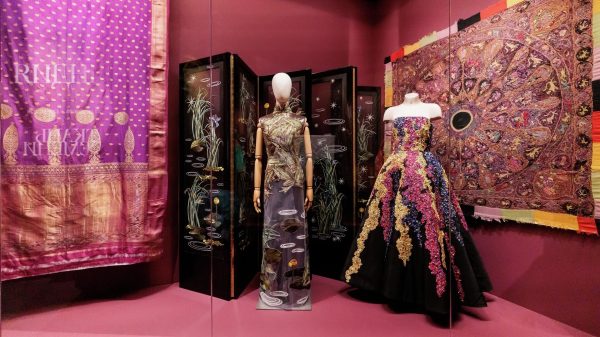



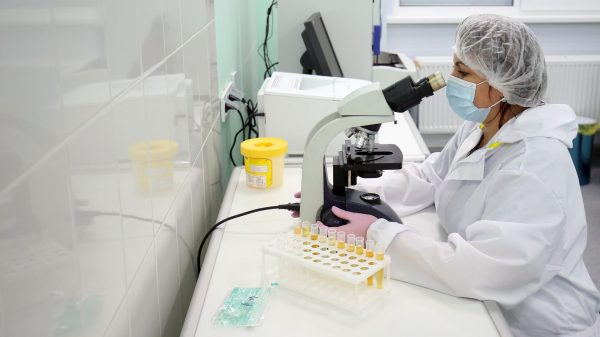
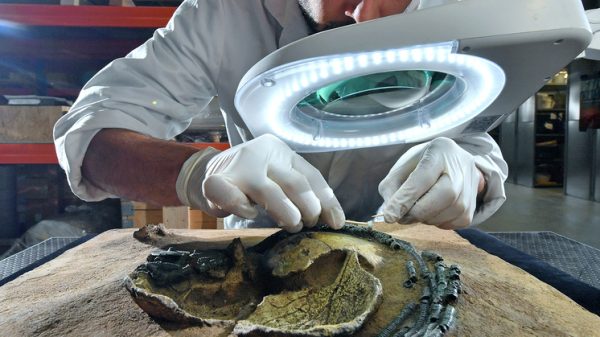

















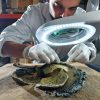
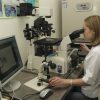














Свежие комментарии